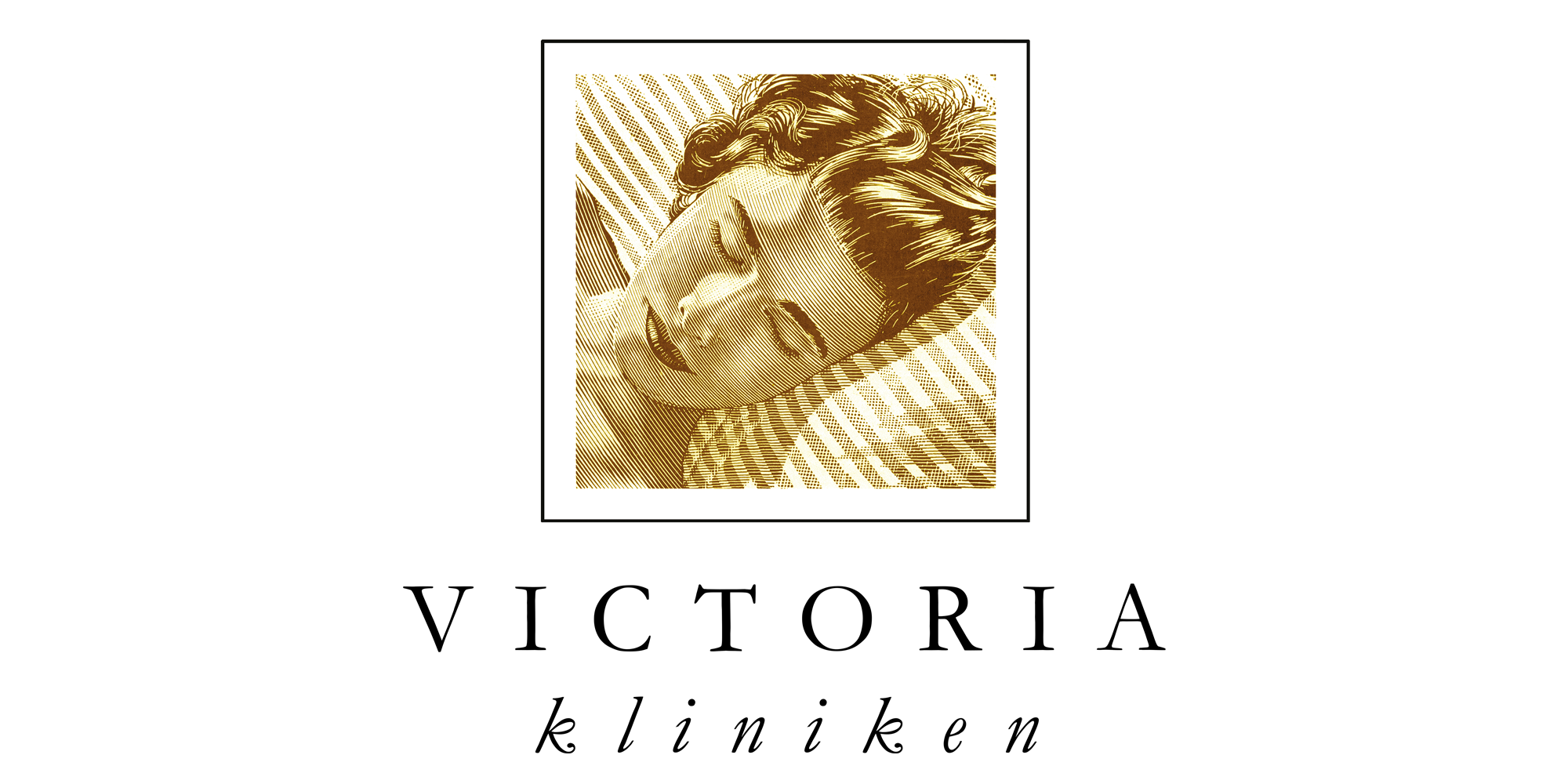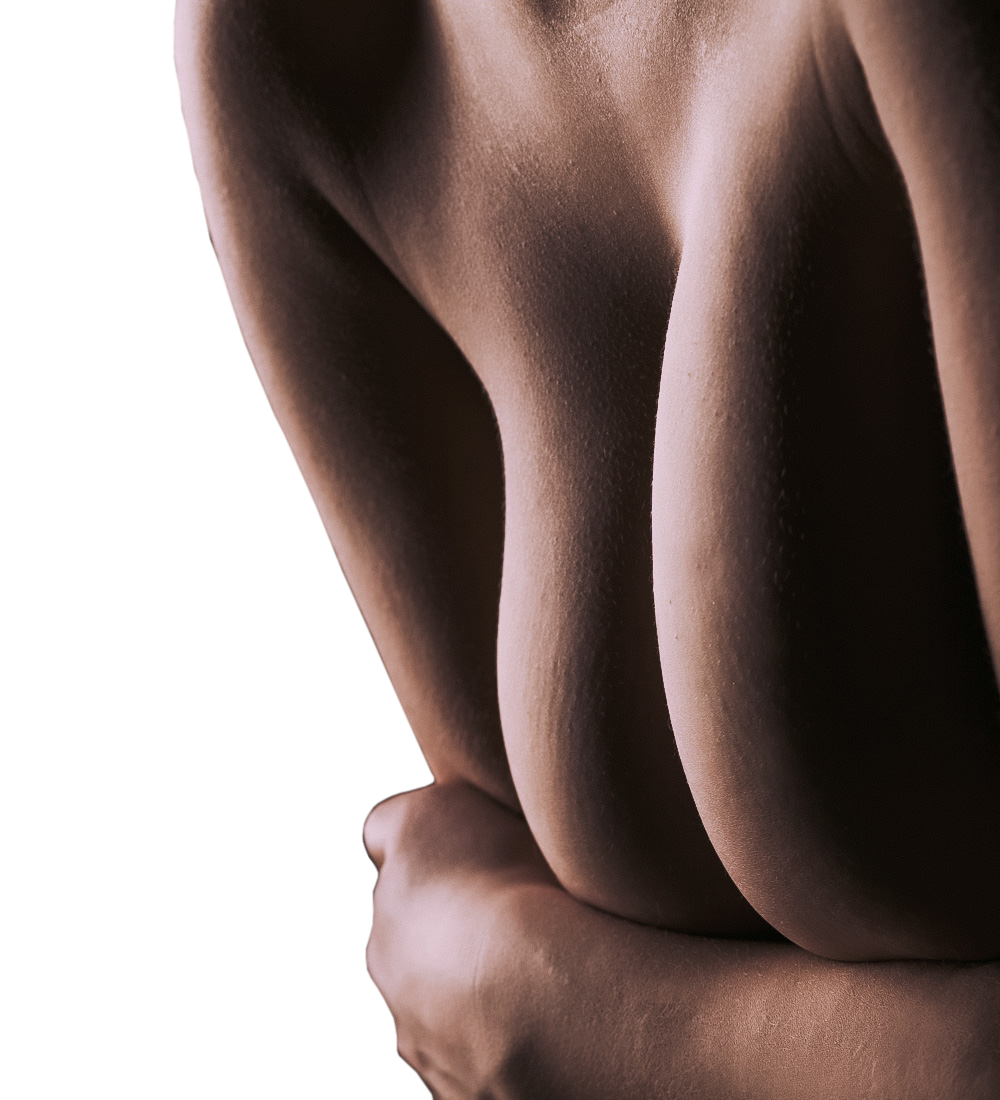About the procedure
The reasons for a breast lift vary, but the most common is that a woman feels her breasts are sagging and disproportionate in relation to the rest of her body.
A sagging bust can also feel heavy and cause pain in the back and shoulders. A sagging bust can also get in the way during exercise. After pregnancy and breastfeeding, breasts often decrease in size, sag, and lose their shape. A sagging and lax bust can also be hereditary or occur after significant weight loss.
Before surgery
During a personal consultation with the surgeon, we discuss and explain various ways to achieve the best results based on your natural characteristics.
We assess the appearance of the breasts, how much they sag, the quality of the patient’s skin, and the amount of excess skin and glandular tissue. We explain different techniques and how the procedure is performed.
Sometimes we can combine two procedures; for example, if a patient undergoes a tummy tuck simultaneously with a breast lift, we can use the body’s own fat instead of implants if the patient desires. We will discuss such options and what is possible for you during a consultation.
Technique
In the so-called crescent lift, a small amount of skin is removed above the nipple and areola, resulting in a crescent-shaped scar at the upper outer edge of the areola. Sometimes, more skin needs to be removed around the entire areola, and the scar then sits at the outer edge of the entire areola, known as an areolar lift.
If the breasts are sagging and the nipples hang significantly, more skin needs to be removed. In these cases, there will be a scar around the areola, a vertical scar running straight from the areola down to the breast fold, and a short horizontal scar in the breast fold itself. This results in a scar that takes the shape of an anchor, also known as an “anchor scar.”
The scars usually heal very well and become small, thin, white lines.
During the surgery
The surgery is performed under local anesthesia or general anesthesia, depending on the extent of the procedure. If it is a small lift, you may go home later the same day. However, if it is a larger lift or if the lift is combined with breast augmentation, you will need to stay overnight after the surgery.
After surgery
In the first few days, you will feel tightness and pulling at the incisions, but the pain should not be more than what can be managed with mild pain relievers. We provide all the medications you need. Follow-up visits usually occur after two weeks.
Results
The final result will not be visible immediately. During the first 72 hours, you will experience swelling. The breast tissue has not yet settled, and the breast will not be fully round.
After six weeks, your sutures will begin to be absorbed, and the breast tissue will start to settle. Between three to six months after the surgery, the final shape will become visible, and after two years, when your scar tissue has softened, your breast will have the soft appearance you desire.
Possible Complications
Scarring
At Victoriakliniken, we tape the breasts with surgical tape for about four weeks, followed by silicone tape for six months after the surgery. If you wish to continue treating the scar afterward, E-vitamin or an E-vitamin-rich oil massaged into the skin can help
Massaging with oil by “folding macaroni” along the scar, upward and downward, often helps soften the scar and make it more flexible (this also works well for other scars, such as those from a cesarean section).
Nerve Loss
All breast surgeries can result in the breast and/or nipple becoming either overly sensitive or insufficiently sensitive
This change can vary in degree and may be temporary or permanent. It can affect sensation during breastfeeding and/or sexual response. During the healing process, you may experience numbness or hypersensitivity, sometimes both. This usually disappears over time.
It’s important to remember that it can take up to a year, sometimes two, for full sensation to return after the surgery.
The ability to breastfeed after a breast lift is usually not affected. With the gland-preserving surgery we perform, the risk is very small as we do not cut the milk ducts. However, there is a small risk, especially with large breast lifts.
In cases where the ability to breastfeed is lost after a breast lift, this is because the milk ducts are cut. In most cases, the surgeon can predict how significant this risk is before the surgery.
Anyone planning future pregnancy and breastfeeding should carefully discuss this with their surgeon before undergoing a breast lift. Perhaps waiting is the best option?
Quick facts about the procedure
Surgery time: 1-2 hours
Time at the clinic: 3–6 hours after surgery, depending on the extent of the operation. Sometimes, the patient stays overnight.
Return to work: 2-3 weeks
Complications
Stretch marks
Stretch marks can occur when the dermis layer of the skin, which lies beneath the epidermis (the outermost layer of skin), is stretched and torn, something that usually happens during rapid growth or rapid weight change. Considering that breast augmentation, in a sense, entails rapid growth of the breast area, it is not surprising that implants CAN result in skin stretch marks.
The skin on the breast is generally quite elastic and resilient, making it very uncommon for stretch marks to develop as a result of breast augmentation. Stretch marks can form when the tissue cannot expand quickly or sufficiently to accommodate the growth that occurs, and this is almost never the case with women’s breasts.
However, stretch marks can sometimes occur as a complication of breast augmentation, and there are several factors that can increase the risk. One of these factors — implant size — is entirely controllable. The other — genetic predispositions — is not.
At the most basic level, it can be said that the larger the implant, the greater the risk of stretch marks. If your skin is very durable and elastic, you may be able to significantly increase your breast size with little risk of stretch marks. However, if you are prone to stretch marks (for example, if you have thin skin with low elasticity), you might choose a more moderate breast enlargement. If you are unsure whether you are prone to stretch marks, don’t hesitate to ask your plastic surgeon, who can help you determine how it applies to you.
Can breast implants cause stretch marks? Yes, but only very rarely. With the right plastic surgeon, who helps you determine what works with your body, you are unlikely to be at risk of getting them at all.
Scar formation
After a surgical incision, the body produces collagen to repair the “damage.” Collagen acts like cement, filling the space between two bricks. Always too much collagen is produced, which is why we also produce an enzyme called collagenase that “melts” away the excess collagen. This molding process lasts for months. Collagen is produced, and the surplus is removed to restore the skin’s original shape. If there is an excess of collagen left, a more prominent scar will form.
A perfect balance between collagen and collagenase leaves the least noticeable scars. However, we often heal too well! After the skin has regenerated, we continue to heal, and the scar becomes, so to speak, larger than necessary. If we could force extra collagenase into our cells, we could dissolve this excess scar tissue.
Plastic surgeons and dermatologists have known for decades that there are ways to reduce the size of scars. However, until now, no method has been particularly comfortable. For example, it has been found that pressure bandages help increase the production of collagenase, and this has been used for burn treatment for over a century. Cortisone creams not only soothe irritated skin but also stimulate natural collagenase production. In extreme cases, doctors may use cortisone injections.
For decades, doctors have prescribed silicone sheets. Taping silicone film over a scar will reduce it. This was discovered in the early 1980s when a doctor attempted to apply even pressure to a scar using a silicone sheet. Scars treated with silicone appeared to diminish much more quickly. Vitamin E helps by working on the collagen fibers, making scars softer and more pliable.
Closing the skin after breast augmentation
The first step to achieving the best possible scar is to close the skin without tension. The skin may appear wrinkled initially, but it will smooth out over time.
After the skin is properly closed, what else can be done to minimize scarring?
What we do at Victoriakliniken is tape the breasts with silicone for 6 months after surgery. If you then wish to continue treating the scar on your own, vitamin E or a vitamin E-rich oil massaged into the skin can help. Massaging the oil by “folding macaroni/cheese puffs” along the scar, both upward and downward, often helps soften the scar and make it more flexible (this technique also works well for other scars, such as those from a cesarean section).
Breast Implant Associated Anaplastic Large Cell Lymphoma
BIA-ALCL is a relatively new and very rare condition, but it is important for all patients with breast implants to be aware of it. It is believed to be caused by the texturing of breast implants, which in some cases creates a chronic inflammatory process inside the breast cavity.
Bottoming-out
“Bottoming out” typically occurs in slender patients with very little breast tissue and skin coverage, combined with large implants. It is more likely to happen if the implant is placed above the muscle and is less common with implants placed completely under the muscle. The type of implant does not matter in this context; bottoming out can occur with smooth, textured, saline-based, or silicone-based implants. However, there is an increased risk with smooth implants.
Capsule contraction
Around all foreign materials implanted in the body, such as breast implants, a natural scar tissue forms, known as a connective tissue capsule. In some patients, this connective tissue capsule can become thick, firm, and tighten. This is called capsule contraction and can cause the breasts to feel hard and appear more unnatural.
Loss of sensation
All breast surgeries can result in the breast and/or nipple becoming either overly sensitive or not sensitive enough. This change can vary in degree and may be temporary or permanent. It can affect sensation during breastfeeding or sexual response.
You may experience numbness or hypersensitivity during the healing process, sometimes both. This usually diminishes over time. It is important to remember that it can take up to a year, and sometimes two, for full sensation to return after breast augmentation.
Rippling
There are many factors that can affect the risk of “rippling.” The most important are the quality and thickness of the patient’s skin and tissue, the choice of implant type and size, and the technique used by the surgeon. While skin type is not something that can be altered, the risk of rippling can be minimized by choosing “denser” silicone implants (form-stable) that are not wider than the patient’s natural breasts, and by placing the implant under the muscle.
Rotation
All implants can rotate. This is usually not visible but is more apparent with anatomical (teardrop-shaped) implants, as they are asymmetric. If round implants rotate, the shape of the breast is not affected. When an anatomical implant rotates, the shape of the breast becomes distorted. If it is a simple rotation, the implant can be repositioned during a revision surgery (and, if necessary, the pocket in which the implant rests can be adjusted), or it may be replaced with round implants.
Before and after pictures
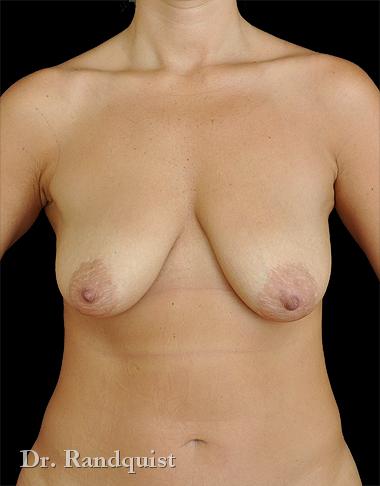
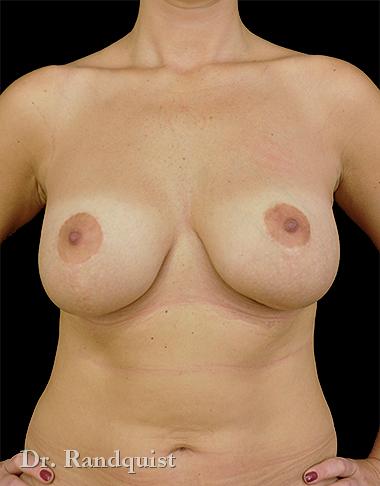
30 years old, 170 cm, 67 kg, 345 cc, 1 child
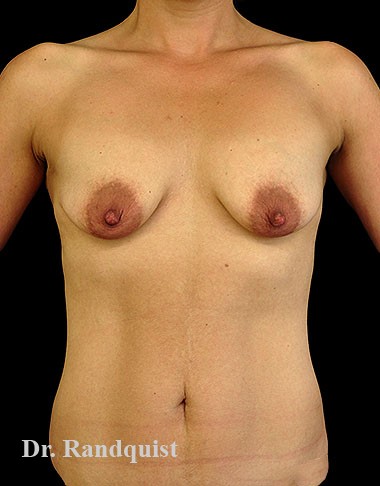
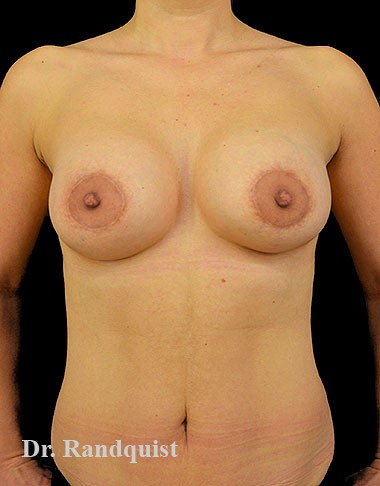
38 years old, 168 cm, 59 kg
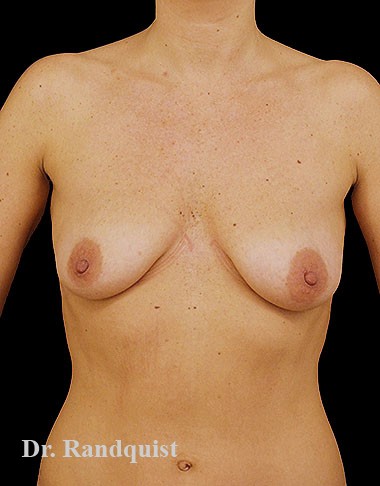
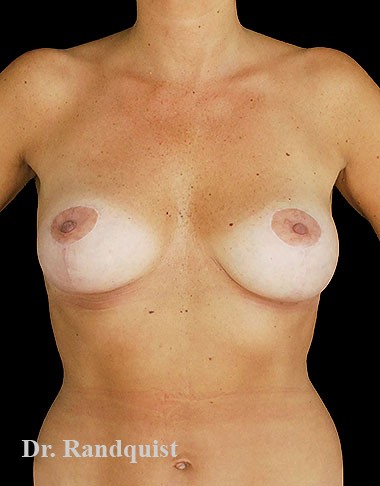
37 years old, 170 cm, 58 kg, 2 children
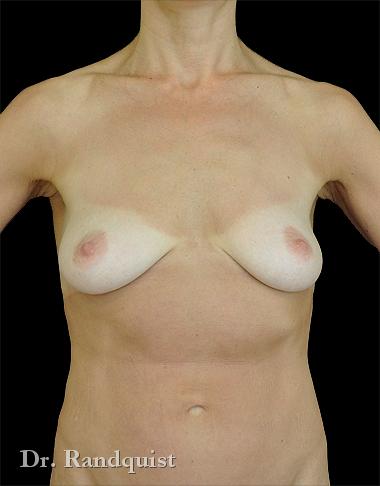
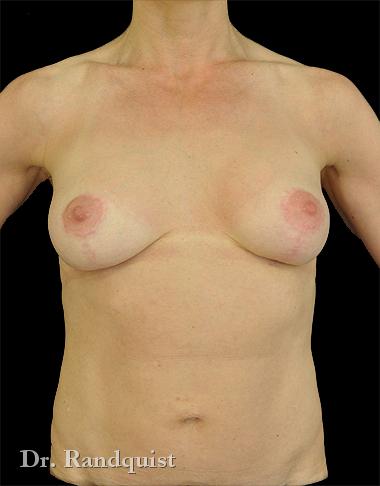
35 years old, 165 cm, 57 kg, 170 cc
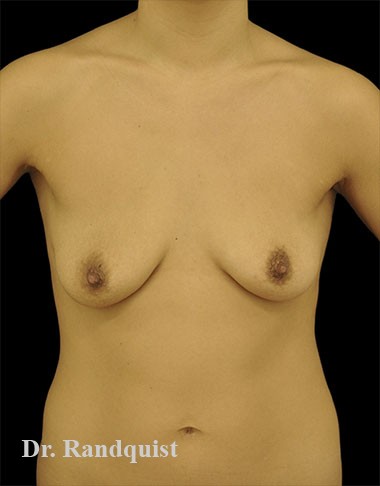
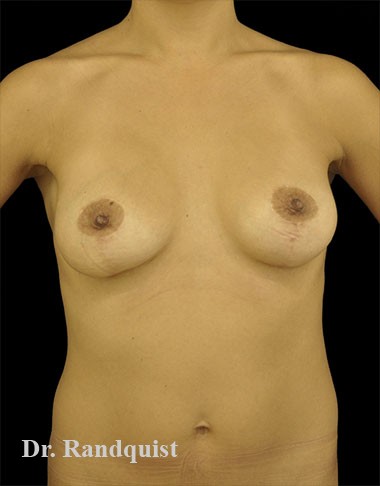
33 years old, 167 cm, 57 kg
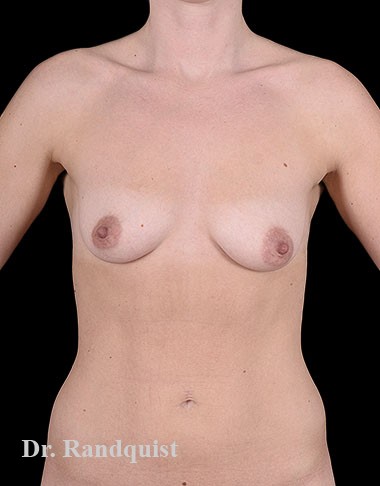
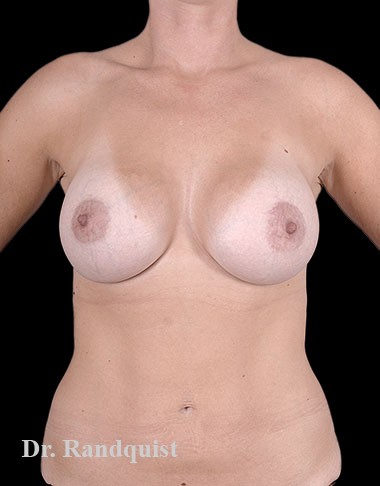
28 years old, 174 cm, 62 kg, 2 children
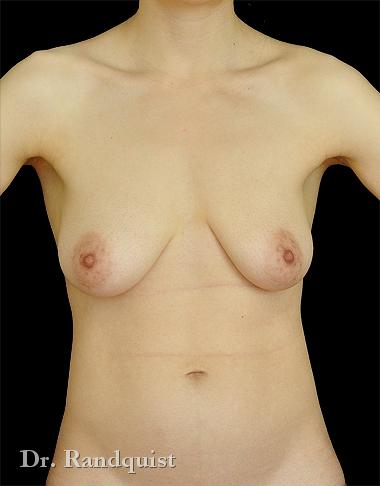
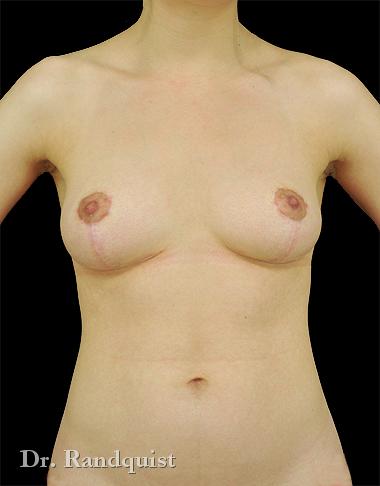
25 years old, 163 cm, 60 kg
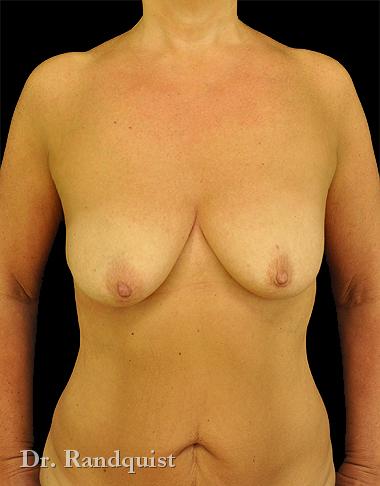
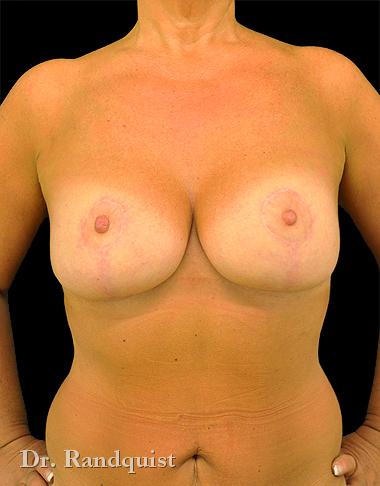
50 years old, 165 cm, 68 kg, 220 cc
“I was well received by my doctor Charles and his staff. They took great care of me on my surgery day. I stayed overnight after my breast lift. It felt safe and luxurious, like staying at a hotel with great service. I was pleasantly surprised when the nurse called me to check how I was doing after the surgery, if I had bled much, etc. I am very happy with the result, and it turned out just the way I wanted it. Thank you!”
Price
We have chosen not to have a fixed price list, as each patient is unique with individual circumstances. Moreover, it is often only during the consultation that we can determine together with you which procedure(s) are suitable to achieve a beautiful final result. With us, in addition to the surgery cost, anesthesia, medications, follow-up visits, compression garments, and bras are included, as well as, in most cases, at least one overnight stay after the surgery.
In general, all prices are shown inclusive of VAT, as all procedures and treatments except those performed for medical reasons have been subject to VAT since the beginning of 2014. In cases where the price is shown exclusive of VAT, this is because these procedures are always performed on medical grounds. (Price below includes VAT)
a slight lift
+ major lift
